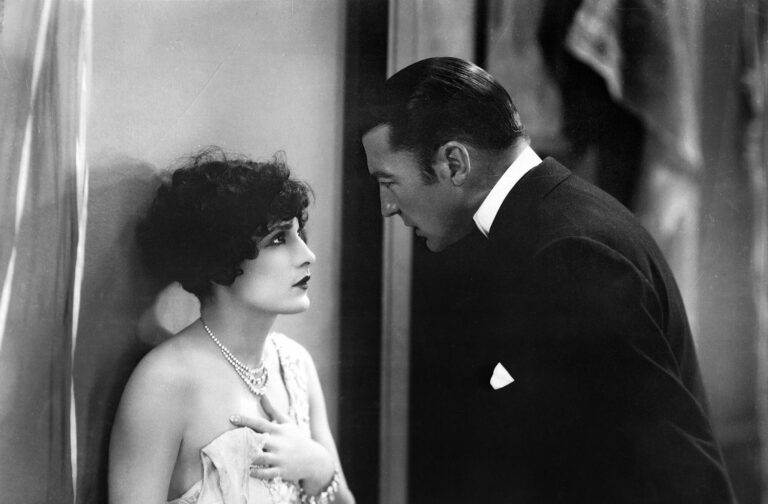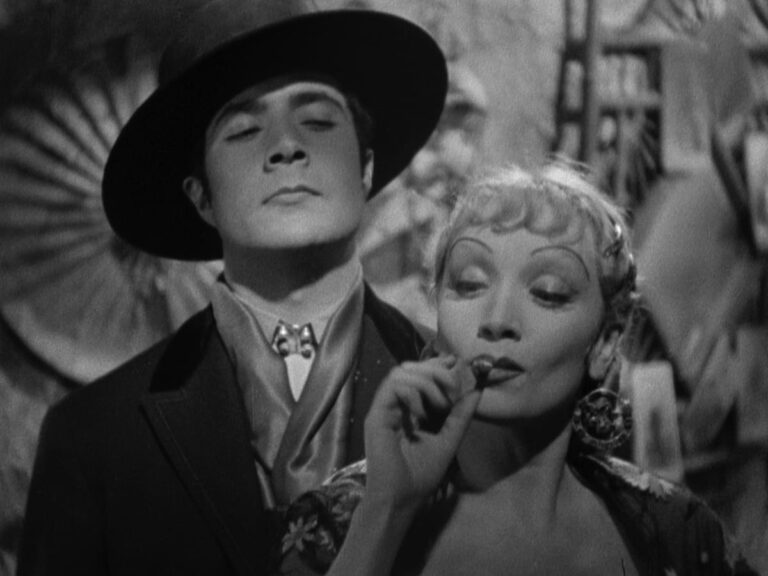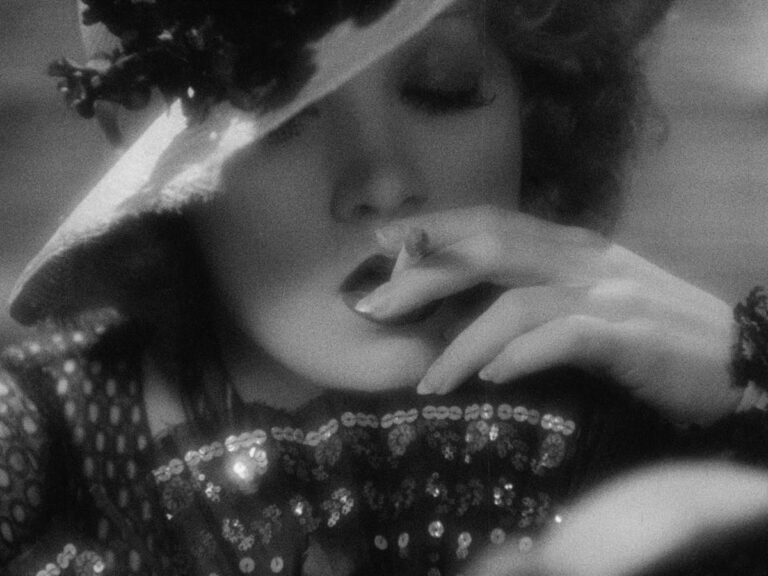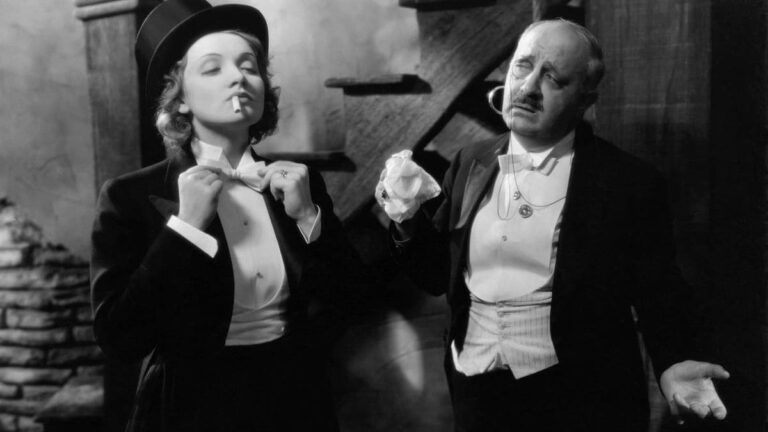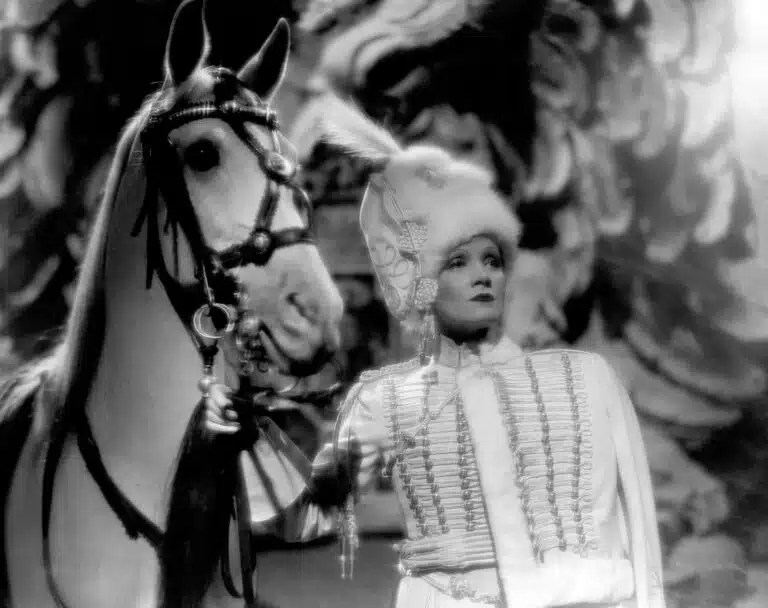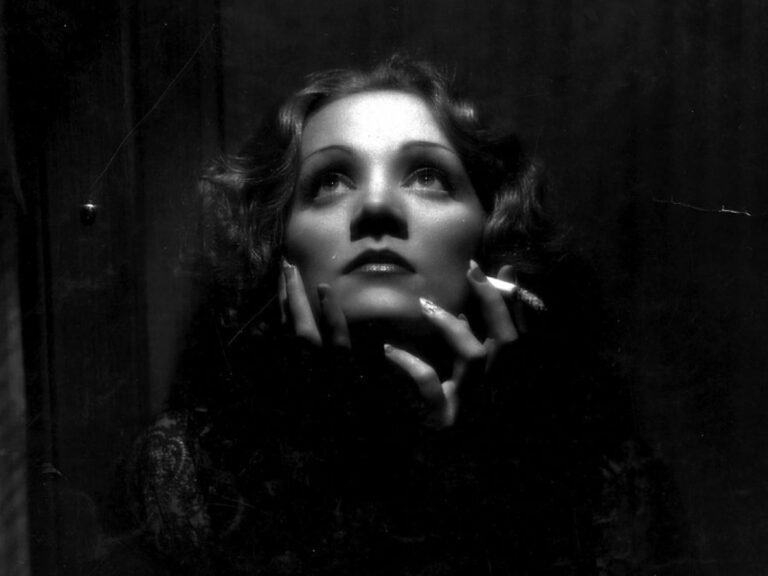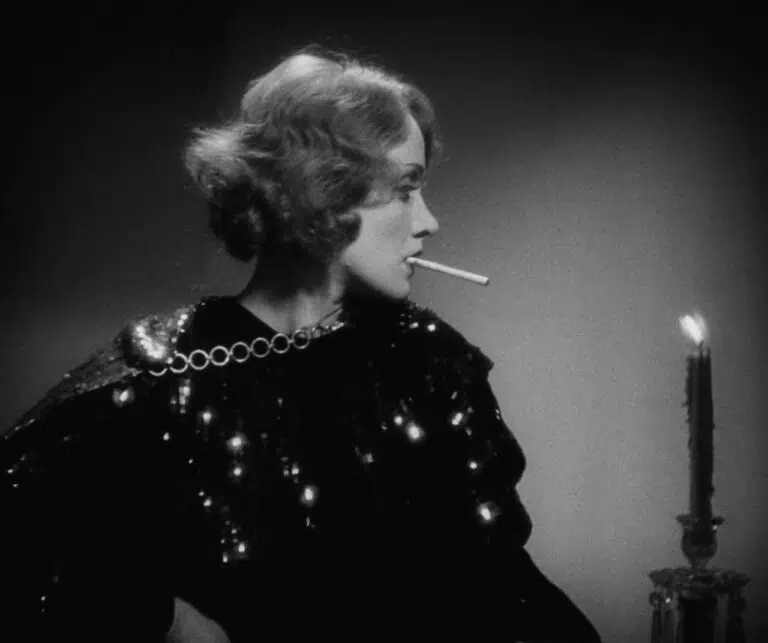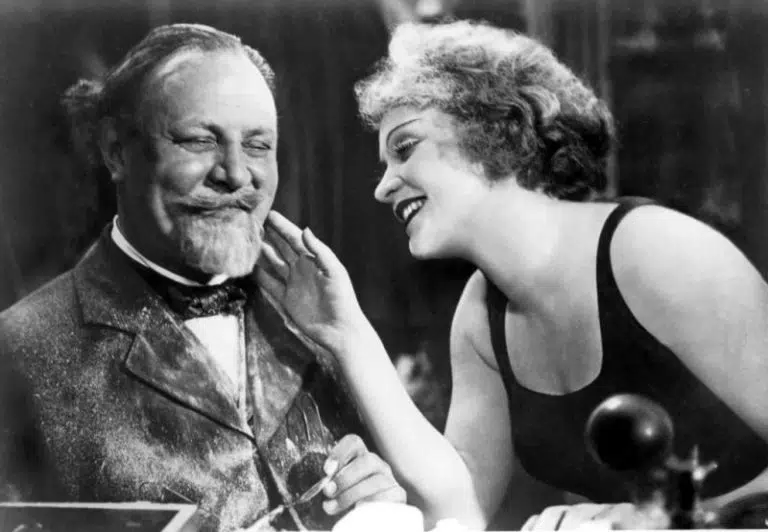Underworld
1927’s Underworld is often described as the first gangster movie, or the first film noir. It’s neither really, but it’s easy to see why the tags stick. It is undeniably the movie that kicked off the gangster craze in the late 1920s and early 1930s and there’s enough moody lighting in it to tick any number of noir boxes. But really it’s a tale of doomed romance, the story of a gangster’s moll caught between not two but three men – her original guy, who she wants to do right by, a psychopathic rival, and the guy she falls for. For a silent movie it has a lot of psychological nuance, though the … Read more
